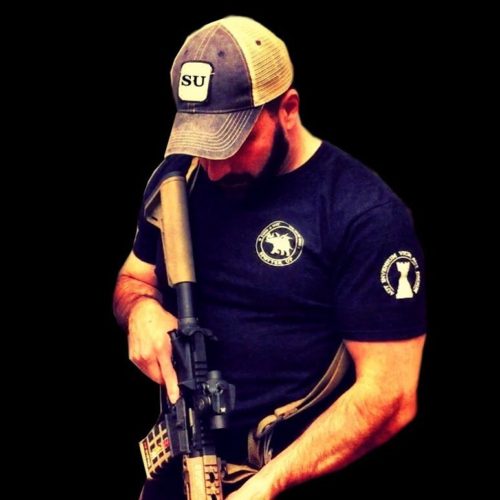Recently I read a story in Army Times about the graduation of the first coed class of “Infantrymen”.
Absolute kudos to the 18 young women awarded a blue cord but one just has to marvel on how the story is written. While we all can be excited and happy for the success of the graduates the article just refuses to address any questions about potential issues of opening one of the hardest specialties to women.
The article mentions ONE woman scored above 90% of the guys. That’s AWESOME and truly a significant achievement. Was that score on a gender neutral or men’s standard? More importantly, where did the other 17 women score in comparison? Since women are equal is the working assumption did they score proportionally across the board as well as men? OR did we graduate a larger group of lower performing infantry? What was the classes average PT score compared to an all-male class? I mean wouldn’t one want to know this if one sincerely wanted women to be successful?
The article continues, “About half of the women dropped out of training, at a similar rate to other recently integrated combat jobs, such as combat engineer.” So, a 50% drop rate is acceptable for basic introductory training? Further, did women “drop” or did they “fail”? What were the reasons for this very high failure to complete rate? What events or issues plagued the women recruits?
Earlier in the article it says, “The women stepped into hundreds of years of all-male tradition, but the way they and their leaders tell the story, everyone got on board. The many reasons people within and outside the Army gave to keep women out of combat — smaller bodies, more injuries, unique medical needs — faded away.” After that excerpt I remember a quote attributed to the unit’s senior NCO where he said, “I didn’t have any preconceived notions myself, as if X amount of females aren’t going to make it because they are a certain size.” That’s the right attitude as we never want to set up soldiers to fail but considering half the women didn’t complete the training isn’t an assessment of the course called for? The writer of course couldn’t address because it might call into question her initial comment. Maybe those issues of “smaller bodies, more injuries, unique medical needs” really didn’t “fade away”.
BTW, at what rate did the men drop from the course?
What happened to those trails blazing future women soldiers that didn’t complete training? Will they be utilized in some other fashion by the Army or is the Army’s (and subsequently the taxpayer’s) investment just thrown out?
Each iteration of infantry training has a target requirement to graduate and keep our Infantry units filled and combat ready. Again, the lack of inquisitiveness of the writer is distressing. When half of a certain group fail how is the difference made up?
Sadly, this article was a pat yourself on the back puff piece. It raises many more questions than it ever answers but if the goal is to claim success and move on Army Times can surely claim “Mission Accomplished”.
Kudos to the ladies who completed the course, but the total lack of curiosity does women in the Infantry a disservice if we are condemning them to be the lower 20% of performers in the branch, creating potential shortages of troops down the line or lowering the overall performance of units as was found in a recent Marine Corps study.
*The views and opinions expressed on this website are solely those of the original authors and contributors. These views and opinions do not necessarily represent those of Spotter Up Magazine, the administrative staff, and/or any/all contributors to this site.
Brought to you by the dudes at Spotter Up




